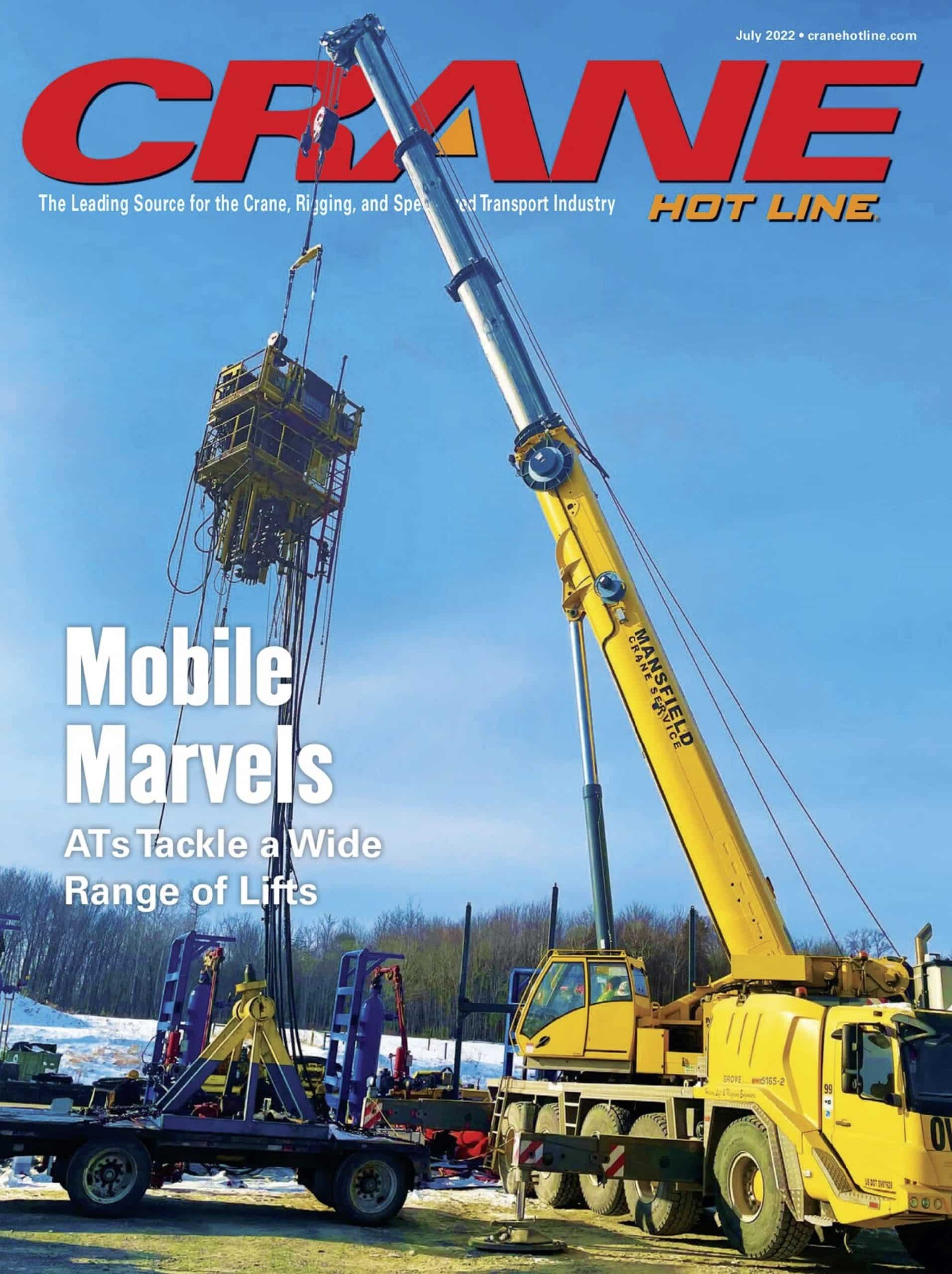First employed by the ancient Greeks to move large stones, cranes have been lifting heavy stuff for thousands of years. Early forms of the modern crane are believed to have been used to build the Pyramids of Giza, Stonehenge, and The Parthenon. With the introduction of the winch and pulley, cranes began to make more appearances throughout history.
All of this led to the construction of the Taisun crane, housed in the port city of Yantai, China. This behemoth currently holds the world record for lifting, hoisting a barge ballasted with water and weighing more than 20,000 metric tons. That’s around 44 million pounds.
Of course, the Taisun isn’t terribly mobile and has limited capabilities. Which makes sense: there’s not much demand to move that kind of weight outside of ocean ports or other major waterways. However, projects involving loads of 50, 100 or even 300 tons are daily occurrences throughout the Pacific Northwest.
At NessCampbell, we have six different types of cranes at our disposal:
- All Terrain
- Crawler
- Conventional Truck
- Rough Terrain
- Hydraulic Truck
- Boom Truck
Our hardiest all terrain crane can lift nearly 600 tons depending on the project. Of course, we don’t need that kind of firepower for every job. Our boom trucks (20-60 tons) are great for smaller jobs while the rough terrain cranes (50-160 tons) are awesome in less than ideal ground conditions.
More to think about
It’s not just about sheer lifting power, though. Many factors come into play when figuring out just how much our machines can lift. Depending on the position of the boom, how far the load has to be moved, and even weather conditions play a part in deciding how much weight is too much.
For example, if the boom of the crane is extended to 250 feet and the radius (the distance from the center of the load to the center of the crane) is 180 feet, the max load weight drops considerably. The shorter the lift, the more weight can be handled.
Transportation of the cranes also needs to be considered. Imagine trying to take a crawler crane (max lift capacity 300 tons) up a long, winding, mountain road. It wouldn’t make a lot of sense, especially if the job doesn’t call for that kind of lifting power.
Lifting massive amounts is what cranes were made for, but there is no one size fits all answer for every project. But we can say they lift a whole lot more today than they could 2,000 years ago.
Do you need a crane for an upcoming project? Contact NessCampbell to find out how we can help. We’ve been in the industry for more than 70, have eight locations, and more than 90 cranes around the Pacific Northwest.






